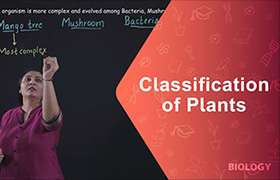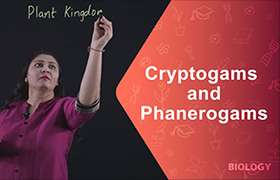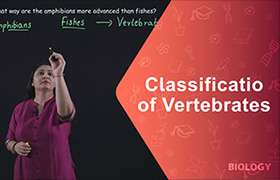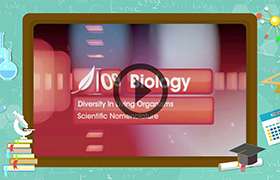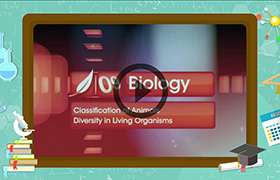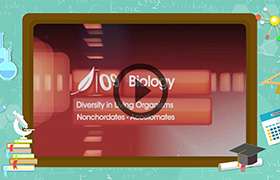CBSE Class 9 Answered
Metals and non metals :
Theme : The world of The Living (20 Periods)
Unit : World of Living
Life Processes :
Theme : How things work. (32 Periods)
Unit : Sources of energy
wind, water and tidal energy; nuclear energy. Renewable versus non-renewable sources
a. Dilute Hydrochloric acid
c. Dilute ethanoic acid solution
e. Water
2. To study the properties of acids and bases HCl & NaOH by their reaction with
b. Zinc metal
3. To study the dependence of potential difference (V) across a resistor on the current (I) passing through it and
4. To determine the equivalent resistance of two resistors when connected in series.
6. To prepare a temporary mount of a leaf peel to show stomata.
8. To show experimentally that carbon dioxide is given out during respiration.
i. Combination reaction
iii. Displacement reaction
iv. Double displacement reaction
1) Action of water on quick lime.
2) Action of heat on ferrous sulphate crystals
3) Iron nails kept in copper sulphate solution
4) Reaction between sodium sulphate and barium chloride solutions
Magnetic field, field lines, field due to a current carrying conductor, field due to
current carrying coil or solenoid; Force on current carrying conductor, Fleming's left hand rule. Electro magnetic
induction. Induced potential difference, Induced current. Fleming's Right Hand Rule, Direct current. Alternating
current : frequency of AC. Advantage of AC over DC. Domestic electric circuits.
"living being". Basic concept of nutrition, respiration, transport and excretion in plants and animals.
Control and Co-ordination in Animals and Plants : Tropic movements in plants; Introduction to plant hormones;
control and co-ordination in animals : nervous system; voluntary, involuntary and reflex action, chemical co-ordination:
animal hormones.
Properties of metals and non-metals, reactivity series, formation and properties of ionic
Their definitions in terms of furnishing of H+ and OH- ions, General properties, examples
preparation and uses of sodium hydroxide, Bleaching powder, Baking soda, washing soda and Plaster of Paris.
Chemical Equation, Balanced chemical equation, implications of a balanced chemical equation,

